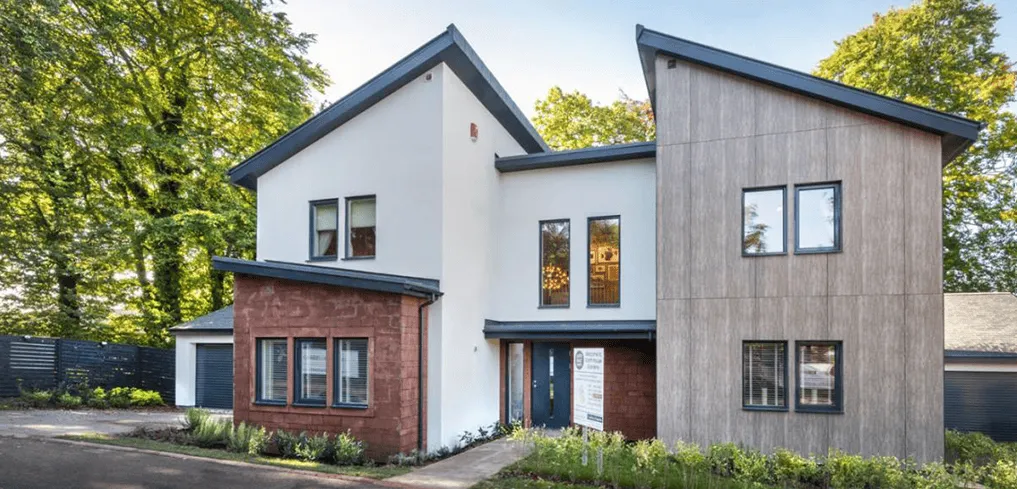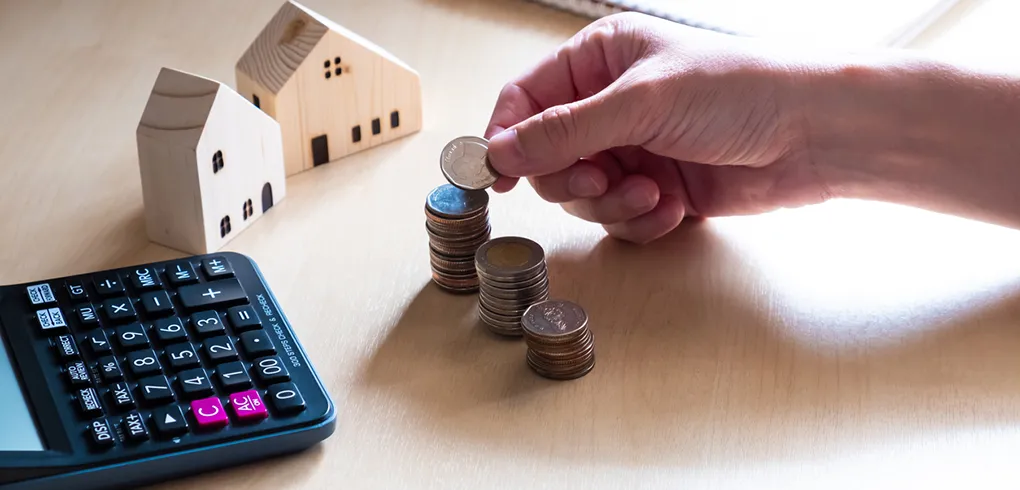An Energy Performance Certificate (EPC) provides information about the energy efficiency of a property. It includes details such as the property’s energy usage, carbon dioxide emissions, and recommendations for improving energy efficiency. The certificate assigns the property an energy efficiency rating from A (most efficient) to G (least efficient), along with an environmental impact rating. EPCs also provide estimated energy costs and recommendations for energy-saving improvements, such as installing insulation or upgrading heating systems. Overall, an EPC helps prospective buyers or tenants understand the energy performance of a property and make informed decisions about energy usage and potential improvements.
You can find EPC ratings for properties in England, Wales and Northern Ireland on the Government’s website. Scotland has a separate register.





